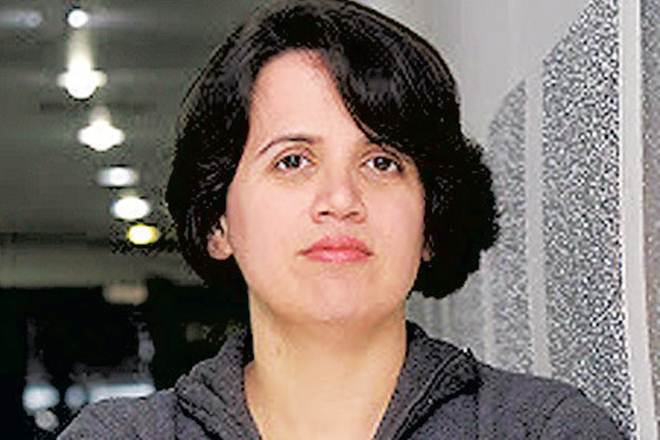Mobikwik is identifying customers common to its own platform and some state-owned banks to plug a servicing gap, Upasana Taku, co-founder & COO, told Shritama Bose. The strategy will be to offer sachet-sized financial products, she added. Edited excerpts:
You have been pivoting away from a pure-play payments business for some time now. What is the strategy for the year ahead?
The strategy is to continue to build the company in a sustainable and profitable fashion and make it ready for public retail investors eventually. It is not necessarily a pivot, but rather a smart shift, where we already had the users who continue to do payments on our platform and we realised that there is a huge gap in terms of the financial products that are available. There are about 800 million people who bank with the government banks. There is nothing wrong with them, other than the fact that the investment that the public-sector banks (PSBs) have done in terms of technology, CRM (customer relationship management), etc are at best small investments. Therefore, they end up focusing on the upper middle class or the higher-income users within their user base. This large gap is one that nobody wants to plug, mainly because the cost of service and the way to make money is non-existent through a branch-based channel.
What products will you offer?
Since we are a digital player, our operating cost would be zero or close to zero. Therefore, we are happy to serve customers with a Rs 2,000 or Rs 20,000 or Rs 2 lakh loan. Our payments business continues to grow 3-4x year-on-year on all metrics — revenues, users, merchants, number of transactions. With data analysis using several machine-learning models, we have created our own user profile, our own riskiness score for every user. Based on that data, we underwrite and provide small-ticket credit, which is our first product. This ranges between Rs 2,000 and Rs 2 lakh. Most of our loans are between Rs 2,000 and Rs 40,000. We have done about two million loans in the last 18 months. We hope to be able to cater to about 10-20 million of our users in the next few years in the credit piece. We have also launched insurance and wealth products. The strategy is to do sachet-sized products. In addition to regular insurance products, we also offer products like insurance for the contents of your home or shop or a cyber-fraud insurance.
So will you partner with PSBs or approach their customers yourselves?
It will be both. We have already identified some of these users on our platform. We have created three-four credit products. Separately, we have also started working with some of these PSBs where, as an example, one bank may have pre-approved 10 million users for loans. But, their typical messaging channel for the user is sending texts or calls. We figure out which users are common to the bank and our platform. Then we see what offers the bank has for them in terms of credit and we can enable that for them. Once the eligible user goes through the whole process and gets the loan, they will see that the loan was enabled by Mobikwik and, of course, we will earn a smart revenue from distribution.
What do you make of the zero-MDR regulation?
The stated aim of the move is to push digital payments, but it actually makes it harder to achieve that goal. If banks and fintechs are not able to make money from UPI or RuPay transactions, they will find other ways to recover the money. Somebody has to bear this cost because nobody will invest so much at scale for nothing. It is still not clear how to make money from this model and if there are multiple payment methods with differential charges, there will be more confusion.
How does it play out for wallets?
From a wallet’s perspective, it is actually a positive. There are several ways of loading a wallet. On my cost side, I have to pay the bank or whoever is my processing partner. For a debit card transaction, that is capped, but on a credit card transaction I may have to pay as much as 2%. So when you load money into the wallet via UPI or a RuPay card, my cost is zero. Now when you pay a retailer with the wallet, they pay Mobikwik a wallet MDR. Since the wallet MDR is 1.5-1.8%, a credit card payment makes my cost more than my revenue. On the other hand, when you choose UPI or RuPay, my revenue becomes my net income.


